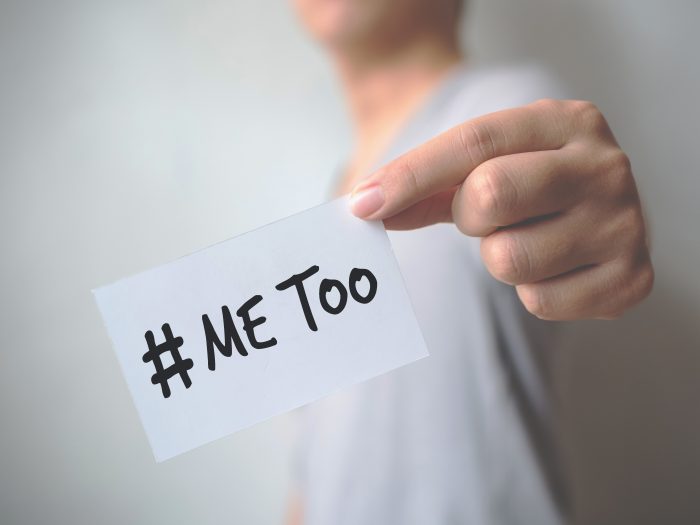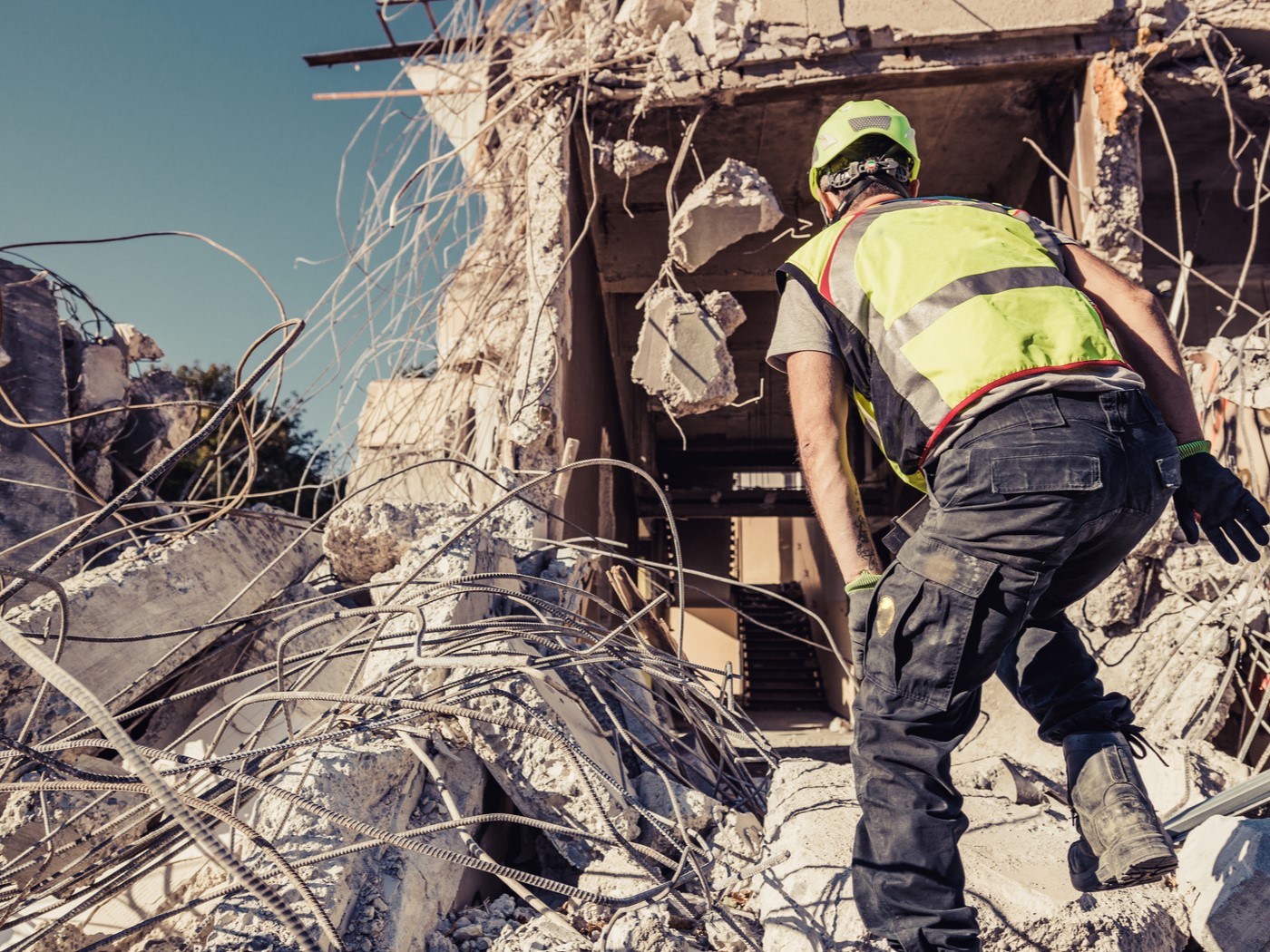Sponsored Content by Ironshore
#MeToo Is Still Driving Sexual Harassment Litigation. Here Are 4 Ways You Could Proactively Reduce Your Exposure

When news of the Harvey Weinstein scandal broke in October 2017, the #MeToo movement took off rapidly. Increased awareness of sexual harassment in the workplace and willingness to speak up sparked a national conversation and drove a widespread cultural shift that demanded more accountability and consequences for perpetrators.
That shift was evident in the spike of sexual harassment lawsuits brought against employers in 2018. After a decade of declining numbers, the EEOC brought 7,609 sexual harassment charges in 2018, a 13.6% increase from 2017. That doesn’t include suits filed in state courts or settled out of court.
While litigation plateaued in 2019, the risks associated with sexual harassment charges have not abated. “Sexual harassment claims still constitute about 10% of all the EPLI suits, so it’s still among the leading loss drivers,” said Michael Englert, Head of Commercial Insurance for Management Lines at Ironshore, a Liberty Mutual company.
And loss amounts keep climbing, too. Total monetary benefits awarded to claimants in EEOC cases in 2018, for example, reached $56.6 million. In 2019, despite pursuing fewer cases, total benefits grew to $68.2 million.
Here’s why this exposure is growing more severe for employers and how they can take proactive steps to help create a safer workplace and reduce their risk.
Trends Driving Sexual Harassment Litigation

Kristin McMahon, Head of North America Specialty Claims for Ironshore
A lasting effect of the #MeToo movement is that more women and men feel empowered to share their stories and seek justice through legal action. Plaintiffs’ attorneys have latched on to this trend, driving litigation frequency and inflating case values by demanding higher damages or settlement amounts.
“Even if a claim seems baseless, it might make more financial sense for an employer to settle if the settlement would be a fraction of the total cost to defend – what we call the nuisance value,” said Kristin McMahon, head of North America Specialty claims for Ironshore. “Fifteen years ago, the average nuisance value was $5,000. That has now increased to $30,000.”
Legislative changes are also shifting more liability to employers for actions taken by individual employees. In 2019, several states moved to ban non-disclosure agreements that prohibit claimants from speaking about the details of their case or settlements. This diminishes settlement as an option for resolution that keeps the company name out of negative headlines.
More states have also established minimum sexual harassment training requirements. Most require employers with five or more employees to provide two hours of training within six months of hiring, and every two years after that, though the exact parameters vary from state to state.
Failure to comply with these regulations could weaken an employer’s defense in court and increases the likelihood that the organization could be accused of permitting or overlooking a hostile work environment.
This has already happened to several major corporations — CBS, Google, McDonald’s and American Apparel, to name a few. But this risk isn’t limited to deep-pocketed big-name brands.
“In employment practices liability, we’re not dealing with accidents or natural catastrophes or system failures – we’re dealing with the failings of people or individuals. No matter how much training you provide, you can’t eliminate the possibility of people engaging in bad behavior,” said Tom Zacharopoulos, Head of Broker Relations for Professional Lines at Ironshore.
In other words, human beings are imperfect, and as long as you employ human beings, your company is exposed.
There are still, however, ways organizations can proactively reduce their risk.
1. Tighten Workplace Policies Around Acceptable Behavior

Tom Zacharopoulos, Head of Broker Relations for Professional Lines at Ironshore
Mandatory sexual harassment training will satisfy state regulators, but may not be enough to appease juries if an accusation winds up in court. Companies can go above and beyond compliance by enacting policies that keep employees out of uncomfortable or unsafe situations in the first place.
Because uneven power dynamics are a contributing factor in many instances of workplace harassment, “employers may consider putting guidelines in place around relationships between direct reports, and discouraging social engagements outside of the workplace,” Zacharopoulos said.
Companies should also consider unique situations, such as employees who frequently take business trips together. Additional training for business travelers that addresses the social aspect of the trip may help to set clear expectations around appropriate behavior outside the office.
Employers should also establish clear reporting procedures that promise confidentiality. Employees may know who to speak to about an incident, but they also need to feel comfortable and unafraid of repercussions.
2. Drive a Culture of Diversity and Equality
One way to extinguish discriminatory behavior is to increase diversity in hiring and promotion processes.
“The more people of different backgrounds we have in the workplace, the more perspectives and views we have. That helps to foster a more inclusive environment that discourages discriminatory behavior,” McMahon said.
“You also need a due diligence process around prospective hires. Ensure that people you’re bringing in to the organization fit the philosophy of your culture; make it clear that there is no room for harassing or discriminatory behaviors.
Outline a plan to increase diversity within your organization, including methods for auditing and measuring progress toward specific goals. Diversifying recruitment efforts or establishing a mentorship program are just some ways to get started. Most importantly, involve senior leaders in driving these initiatives.
“It starts at the top. The C-suite has to set an example to funnel down through the rest of the organization,” Zacharopoulos said.
3. Build Internal and External Response Plans
If an employee does lodge an accusation of sexual harassment, the first steps can determine whether the employee decides to file suit, and whether the company will be able to mount a strong defense.
“You have to deal with it promptly. The longer an investigation goes on, the greater the likelihood there will be leaks, which makes the environment uncomfortable for the accuser and the accused. Investigate fully, but quickly,” McMahon said.
To do that, the human relations team must understand how to conduct thorough investigations discreetly and document in detail. Proving that an allegation was taken seriously can go a long way in defending a claim.
If an employee does file suit, the news may quickly disseminate. A slow or hedged response could create a negative public perception of how a company handled the situation and cause irreparable reputational harm.
“You need to be really thoughtful about your statement to the public. Demonstrate that you want to make amends, resolve the situation and move on. Show by example that creating a healthy workplace is a top priority,” Zacharopoulos said. “Companies talk about how they’re going to ensure something like this doesn’t happen again tend to rebound more quickly.”
4. Take Advantage of Risk Management Resources Through Your EPLI Carrier
Most insurers offer free or discounted risk management resources to policyholders. Especially for smaller businesses without large risk management departments, these resources are invaluable.
“We recently rolled out the Jackson Lewis Prevent and Protect Portal, which offers a variety of educational resources to clients who have purchased employment practices liability coverage from us,” Englert said.
In addition to news briefs that keep companies up-to-date on the latest litigation trends, the portal also contains information sheets, podcasts and webinars detailing best practices on everything from sexual harassment training to updating employee manuals.
Another value-added service Ironshore offers is access to a legal help hotline, manned by Jackson Lewis attorneys who each have at least 25 years of experience in the employment practices arena. Policyholders can speak directly with an attorney for one hour, free of charge, about any question or issue they are dealing with.
In some cases, a risk manager may simply want input on a new policy or procedure. In others, a company may be facing a problematic claim that could potentially turn into a lawsuit.
“The attorney’s advice could be critical in preventing the complaint from turning into a full-blown, litigated EPL claim,” McMahon said. If further counsel is needed, clients can continue working with the attorney past the initial hour at a discounted rate.
With the frequency of sexual harassment lawsuits still high and the costs still growing, these proactive services are vital to help businesses control their exposure, stay out of the courtroom, and most importantly, keep employees safe.
To learn more, visit http://www.ironshore.com/usa/professional-lines/c19.
Neither Ironshore, nor any other Liberty Mutual Insurance Company affiliate or subsidiary, (the “Insurer”) are engaged in the practice of law. The foregoing information is for informational purposes only. It is not a substitute for legal advice from a licensed attorney, nor does it create an attorney-client relationship. The Insurer disclaims all liability arising out of this resource.
This article was produced by the R&I Brand Studio, a unit of the advertising department of Risk & Insurance, in collaboration with Ironshore. The editorial staff of Risk & Insurance had no role in its preparation.











